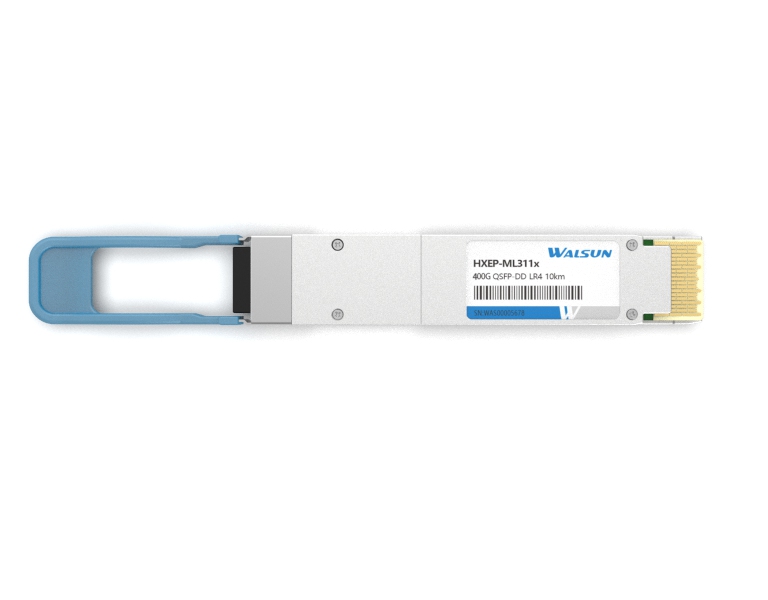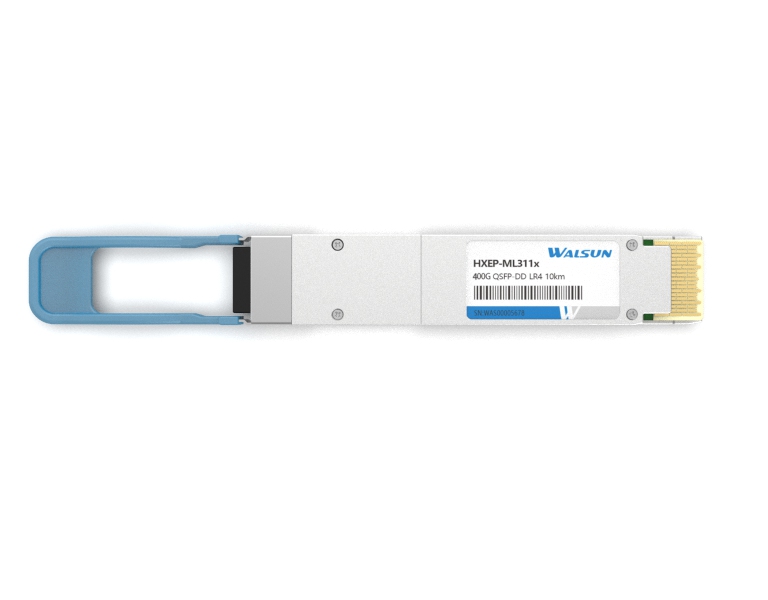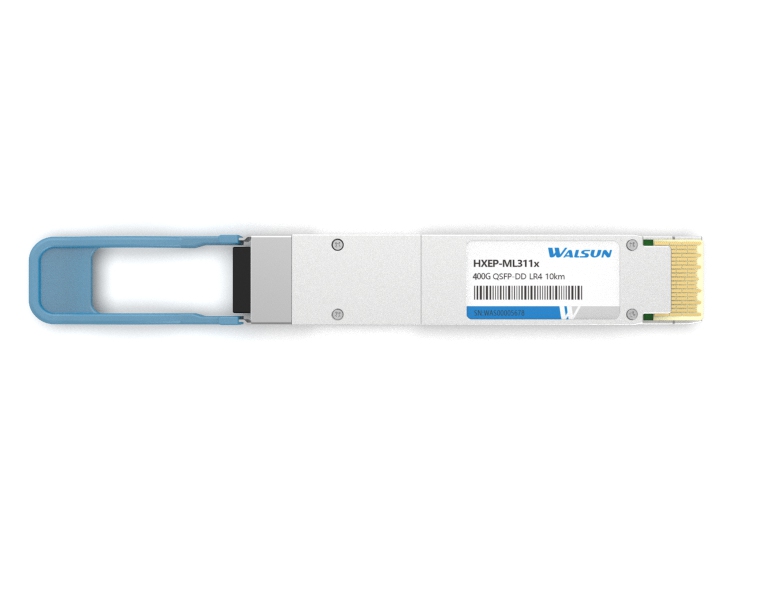PRODUCTS

- SFP (Small Form-factor Pluggable) and QSFP (Quad Small Form-factor Pluggable) are both types of transceiver modules used for networking and communication equipment.The main difference between SFP and QSFP cables is the number of channels they support. SFP transceivers have one channel, while QSFP transceivers have four channels, allowing for higher data throughput. This means that QSFP cables can963

- QSFP+ (Quad Small Form-factor Pluggable Plus) supports data rates of up to 40 gigabits per second (Gbps) per port, or 4 lanes at 10 Gbps each.How to Choose SFP Transceivers?In addition to SFP vs SFP+ vs QSFP, you’ll also need to consider the application. SFP transceivers are available in different types depending on what they will be used for, for example single-mode vs multimode SFP. Single-mode1018

- SFP (Small Form-factor Pluggable) and QSFP (Quad Small Form-factor Pluggable) are both optical transceiver modules used in networking applications, but they have different specifications and use cases.1.Size and Speed:- SFP modules are smaller and support lower data rates, typically up to 1 Gbps or 10 Gbps.- QSFP modules are larger and support higher data rates, typically up to 40 Gbps or 100 Gbps1843

- BiDi QSFP stands for Bi-Directional Quad Small Form-factor Pluggable. It is a type of transceiver module used for high-speed data communication over fiber optic cables. BiDi QSFP modules have the ability to transmit and receive data over a single fiber strand, allowing for bi-directional communication using different wavelengths of light. This can help to optimize the use of fiber infrastructure a1499

- A QSFP (Quad Small Form-factor Pluggable) transceiver is used to connect network equipment, such as switches, routers, and servers, to fiber optic or copper cabling. It is commonly used in high-speed data communication applications, such as data centers, telecommunications networks, and enterprise networks. QSFP transceivers support high data rates and are available in different variants, includin1443


 CHS
CHS Walsun Mall
Walsun Mall










